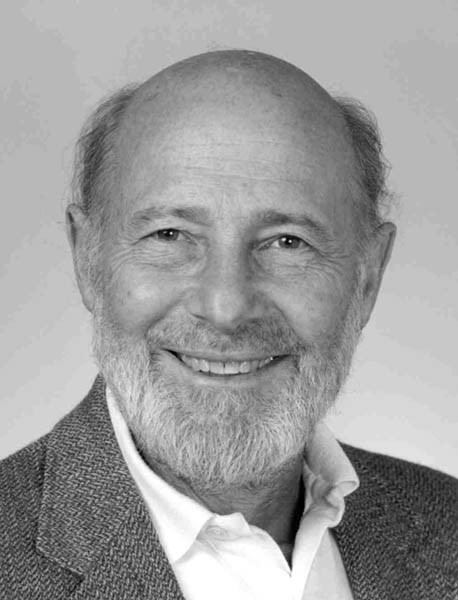Nationality American Fields Mathematician | Name Joseph Keller Siblings Herbert Keller Role Mathematician | |
 | ||
Institutions New York UniversityStanford University Doctoral students George C. PapanicolaouL. Mahadevan Known for Geometrical Theory of DiffractionEinstein–Brillouin–Keller method Similar People George C Papanicolaou, Richard Courant, George II of Great Britain, Albert Gallatin, Mordecai Manuel Noah | ||
Residence United States of America | ||
Joseph Bishop Keller (July 31, 1923 – September 7, 2016) was an American mathematician who specialized in applied mathematics. He was best known for his work on the "geometrical theory of diffraction" (GTD).
Contents
Early life and education
Born in Paterson, New Jersey on July 31, 1923, Keller attended Eastside High School, where he was a member of the math team. After earning his undergraduate degree in 1943 at New York University, Keller obtained his PhD in 1948 from NYU under the supervision of Richard Courant. He was a Professor of Mathematics in the Courant Institute at New York University until 1979. Then he was Professor of Mathematics and Mechanical Engineering at Stanford University until 1993, when he became Professor Emeritus.
Research
Keller worked on the application of mathematics to problems in science and engineering, such as wave propagation. He contributed to the Einstein–Brillouin–Keller method for computing eigenvalues in quantum mechanical systems.
Awards and honors
Keller was awarded a Lester R. Ford Award (shared with David W. McLaughlin) in 1976 and unshared in 1977. In 1988 he was awarded the U.S. National Medal of Science, and in 1997 he was awarded the Wolf Prize by the Israel-based Wolf Foundation. In 1996, he was awarded the Nemmers Prize in Mathematics. In 1999 he was awarded the Ig Nobel Prize for calculating how to make a teapot spout that does not drip. With Patrick B. Warren, Robin C. Ball and Raymond E. Goldstein, Keller was awarded an Ig Nobel Prize in 2012 for calculating the forces that shape and move ponytail hair. This makes him the only person to win more than one Ig Nobel Prize. In 2012 he became a fellow of the American Mathematical Society.
Personal life
Keller had a brother who was also a mathematician, Herbert B. Keller, who has studied numerical analysis, scientific computing, bifurcation theory, path following and homotopy methods, and computational fluid dynamics. Herbert Keller was a professor at Caltech. Both brothers contributed to the fields of electromagnetics and fluid dynamics. Joseph Keller died in Stanford, California on September 7, 2016 from a recurrence of kidney cancer first diagnosed in 2003.
